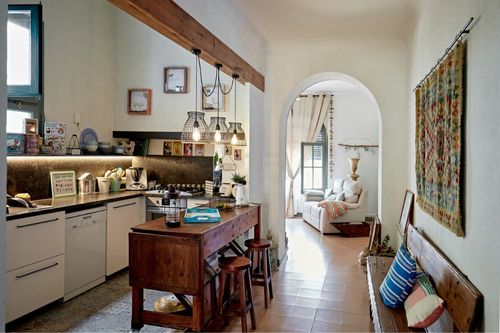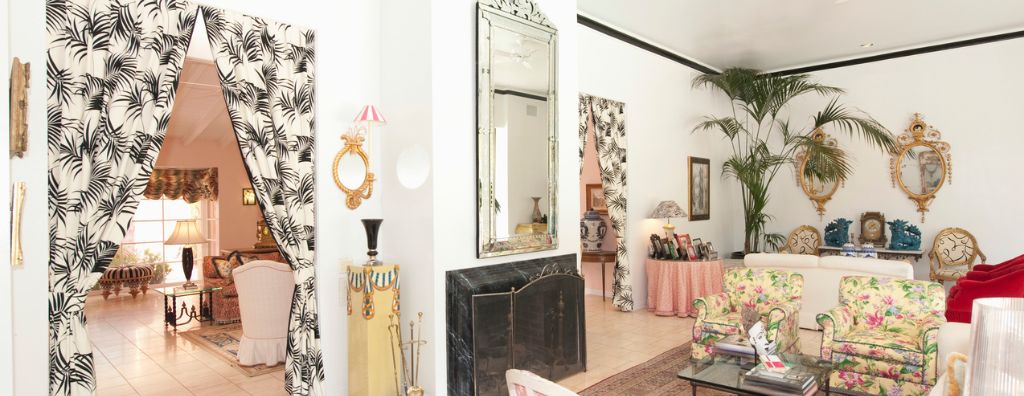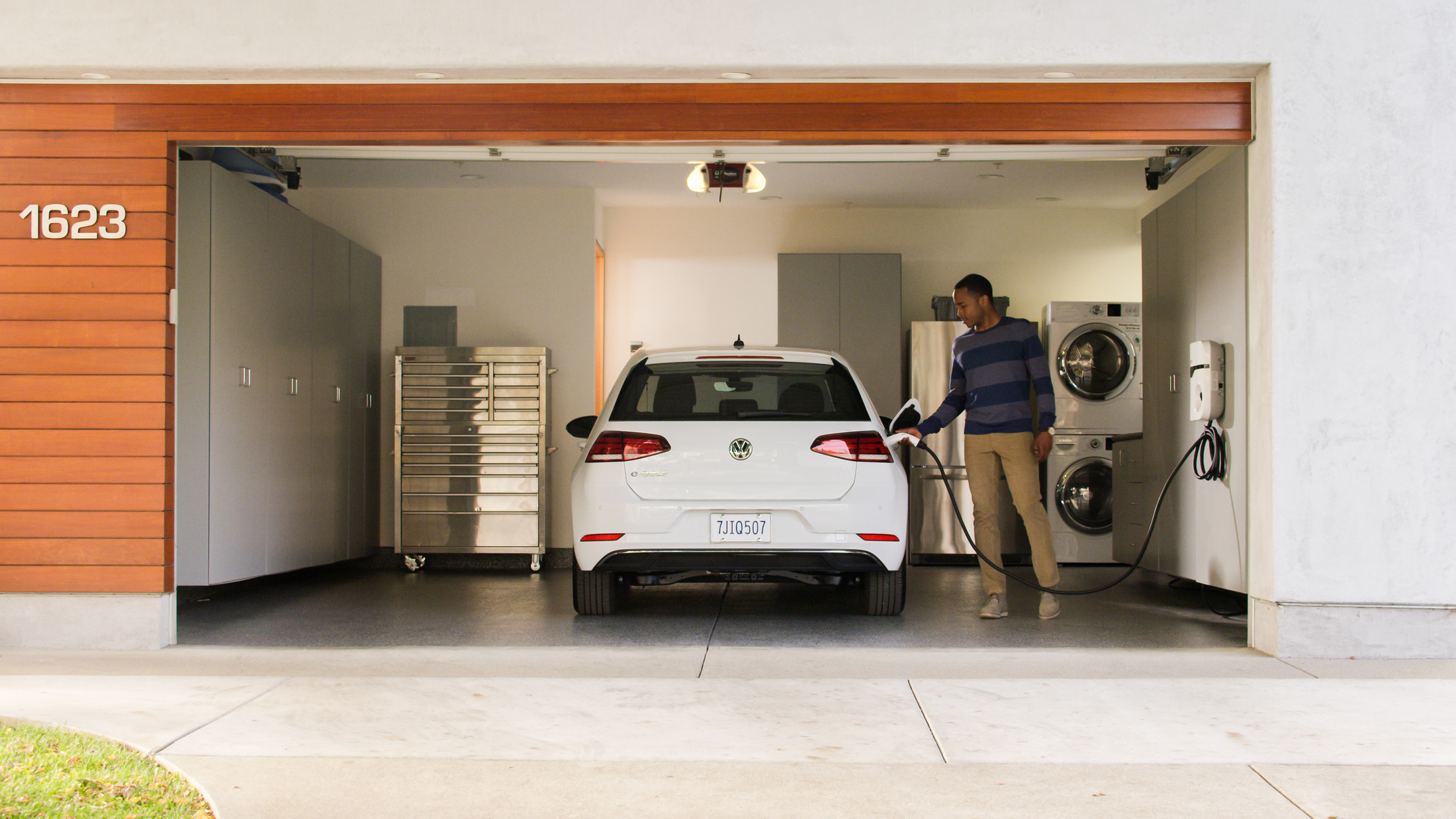When decorating your home, it can be hard to decide on just one aesthetic. Maybe you’re a fan of mid-century modern interior design but its minimalistic approach leaves you wanting more. Maybe you love the clean look of a farmhouse style interior but wish it had some of that classic Art Deco flair. Fortunately, there’s an approach you can take where you don’t have to limit yourself to the principles of just one line of design thinking. Eclectic interior design is a smorgasbord of home décor styles that allows your imagination to run wild.
What is eclectic interior design?
Eclectic interior design is a blend of different styles, patterns, eras, and all things home décor. By pulling from seemingly contrasting sources of inspiration, it allows homeowners to create an interior that’s uniquely personalized and lively. Eclectic interiors are inherently busy, so it’s important to focus on leveling the dynamic energy among the pieces and artworks you select to create balance, scale, and proportion.

Image Source: Getty Images – Image Credit: xavierarnau
Decorating with Eclectic Interior Design
With so many shapes and colors at play, creating harmony is vital. Choose a color palette for your home and select pieces that reinforce that section of the color wheel. That way, when you decorate with accent pieces throughout your home, you’ll have a solid base to work from. This will also help you select which neutral colors will best help to balance out your interior spaces. For example, if you’ve settled on blues and browns as your foundational colors, beiges and creams will act as complimentary neutrals while creating a comfortable, welcoming atmosphere.
When it comes to textures and patterns, you’ve got far more leeway with eclectic interior design than many other styles. Have you been waiting to extract your patterned vintage furniture from your storage space? Still waiting to find a home for that ornate gold-framed mirror? Eclectic design may be just what the doctor ordered. With this style, vintage design can pair with modern furnishings and vice versa. Textures help to create contrast throughout your spaces, but even with eclectic design, repeating a texture in a few spots helps to create cohesion. Similarly, make sure your textural pieces fit somewhere within your color palette to create consistency throughout your home.
Create a Gallery Wall

Image Source: Shutterstock – Image Credit: Ground Picture
A gallery wall is naturally eclectic, making it a perfect way to use up empty wall space while reinforcing this unique home décor style. Create a gallery wall at home by selecting the wall space you’d like to use and mapping out your desired gallery pattern. Once you’ve sketched out your plan, pay a visit to your local framing or hardware store so your artwork can hang professionally and evenly. Assemble your tools, hang your pieces, and admire how a gallery wall can really snap a room together visually. Experiment with different frame colors, designs, and textures that reinforce the rest of your interior. Here’s more on how to curate artwork in your home.
For more info on the various interior design styles, home décor tips and more, visit the Design page of our blog:
 Facebook
Facebook
 Twitter
Twitter
 Pinterest
Pinterest
 Copy Link
Copy Link








